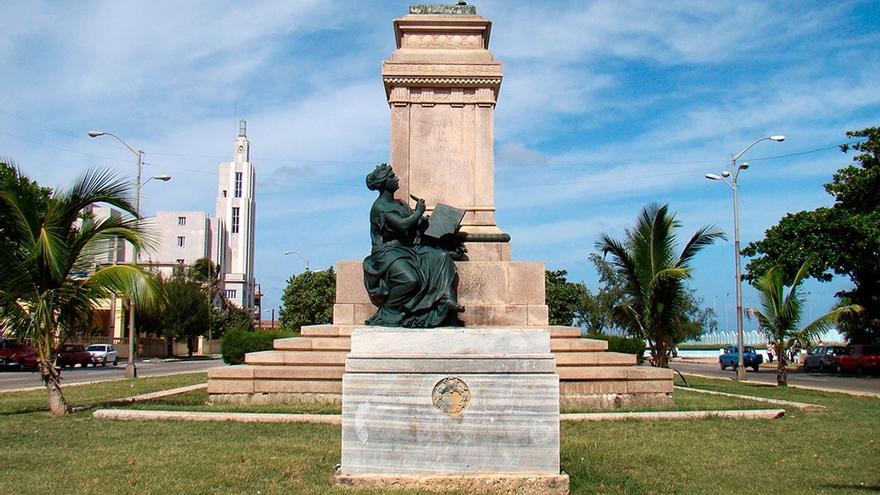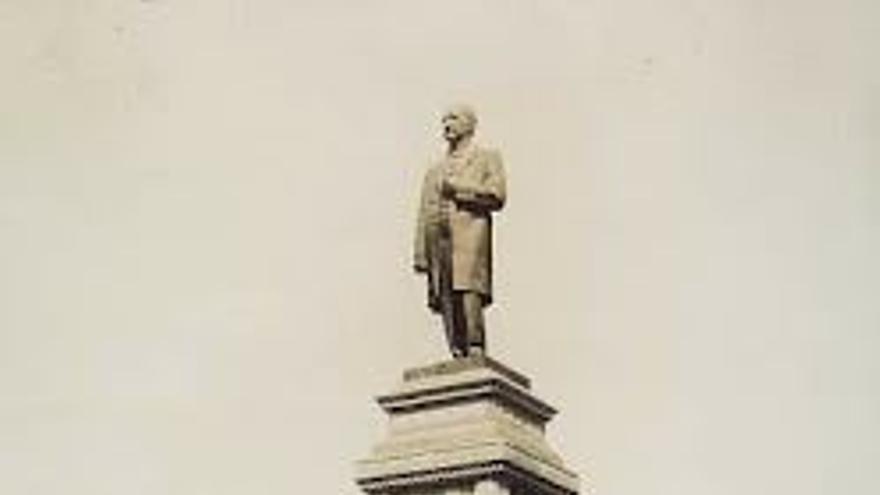
![]() 14ymedio, Yunior Garcia Aguilera, Madrid, January 4, 2023 — If you came here thinking that I would be talking about Díaz-Canel or his shoes, you would be mistaken. To be president of a republic, you need to be elected, at least by a parliament. And electing someone implies being able to choose between two or more options. In the case of this individual, he was the only candidate on the parliamentarians’ ballot. So they elected nothing and he presides over nothing. Díaz-Canel is just an appointed director, a front man, Raul Castro’s latest whim.
14ymedio, Yunior Garcia Aguilera, Madrid, January 4, 2023 — If you came here thinking that I would be talking about Díaz-Canel or his shoes, you would be mistaken. To be president of a republic, you need to be elected, at least by a parliament. And electing someone implies being able to choose between two or more options. In the case of this individual, he was the only candidate on the parliamentarians’ ballot. So they elected nothing and he presides over nothing. Díaz-Canel is just an appointed director, a front man, Raul Castro’s latest whim.
The person I intend to talk about in this column was the first Cuban president to be elected by popular vote. At school they told us little more than that he favored annexation by the United States. Official historians have emphasized that he requested, begged, implored the U.S. to occupy Cuba a second time. Less mainstream journalists revel in anecdotes about his legendary stinginess. But the truth is that, in Cuba, little is known about who our first elected president was.
All that remains of Tomás Estrada Palma are his shoes, which sit atop a desecrated monument on Avenue of the Presidents, known locally as Avenue G, in Havana’s Vedado district. His statue, which was the creation of the Italian artist Giovanni Nicolini, was unveiled in 1921 and destroyed in 1959 in a fit of collective hysteria.
Estrada Palma’s presidency was austere, yes, but no one could call him corrupt. His motto — “more teachers than soldiers” — was consistent with his vocation and the needs of the country
The story goes that it was the people who ripped his statue off its pedestal back in the 1970s but ordinary people do not have cranes. Its destruction was not the result of a truly popular rejection but rather an order from powerful officials with a very clear purpose: to erase history. They say that one of Estrada Palma’s sons was staying at the Hotel Presidente Hotel at the time and witnessed this official act of iconoclasm. Perhaps his only revenge was seeing how his father’s shoes clung to the marble.
Years later, a group of pedestrians happened to walk past it without any idea what the monument represented. Some thought it was perhaps an homage to that poem about the rose slippers by Jose Martí. The stubborn bronze shoes remained there until 2020, when the Office of the City Historian finally decided to finish the job, remove them from public view and store them in their archives.
Tomasico* was was born, it is said, on July 9, 1835. He was the only child of Andrés Maria his wife Yaya. His father died when he was little and he developed a singular attachment to his mother. Perhaps because of that bond, he was unable to finish his studies in Seville. He returned to his hometown to be with her and to run La Punta, his family’s hacienda. He was named petty-lieutenant in Bayamo, an administrative position with about as much authority as its pleasant phonetics imply.
When war broke out, Tomás was sent to by the authorities to negotiate with the insurrectionists but ended up joining them. He managed to rise through their ranks, ultimately becoming president of the Republic in Arms. There were more losses than victories, however, and those defeats would leave their mark on him.

His dearly beloved mother died in the mountains of hunger after being captured by the Spanish and then released into the wilderness alone. He himself was captured near the end of the war by Cubans who sympathized with Spain. During his imprisonment in Morro Castle, no Cuban went to visit him. The colonial government spread the news that he had switched sides and he was unfairly assumed to be a traitor. To withstand the December cold, he had to rely on clothes given to him by Spanish soldiers.
Perhaps this is why he had little faith in Cubans’ ability to govern themselves. It was in the United States where rediscovered his love of teaching and where he found a degree of respect and dignity. He regained his belief in Cuba only because someone with the stature of Jose Martí rekindled that hope in him.
Estrada Palma’s presidency was austere, yes, but no one could call him corrupt. His motto — “more teachers than soldiers” — was consistent with his vocation and the needs of the country. Those who insist he favored annexation by the United States ignore his efforts to make sure the Isle of Pines remained part of Cuba and to reduce the number of American naval bases from five to just one.
He was not perfect by any means, but nor was he the rube nor the sellout portrayed in Cuban history classes. A country was being forged and, in such times, it is all too easy to get burned. Perhaps one of his most famous lines says it all: “We have a republic but it does not have citizens.
*Translator’s note: Spanish diminutive of Tomás.
____________
COLLABORATE WITH OUR WORK: The 14ymedio team is committed to practicing serious journalism that reflects Cuba’s reality in all its depth. Thank you for joining us on this long journey. We invite you to continue supporting us by becoming a member of 14ymedio now. Together we can continue transforming journalism in Cuba.
